The Former Ozawa Family Residence is one of the oldest and most treasured buildings in Niigata – it is a place where you can immerse yourself in history. The building remains mostly in the same condition as the time it was built and is registered as a Niigata City Cultural Asset. Initially built in the Edo period, it was expanded several times up until the Meiji period. The Ozawa Family Residence is built in a typical Japanese merchant style, complete with a garden and an earthen storeroom. The building was used as the residence of the Ozawa family, as well as a storefront for their business. In 2002, the Ozawa family donated the land and building to Niigata City and it was later opened up to the public as a key tourist destination for learning about the kitamaebune – merchant ships that traveled up to Hokkaido and down to Osaka, stopping at Niigata along the way.
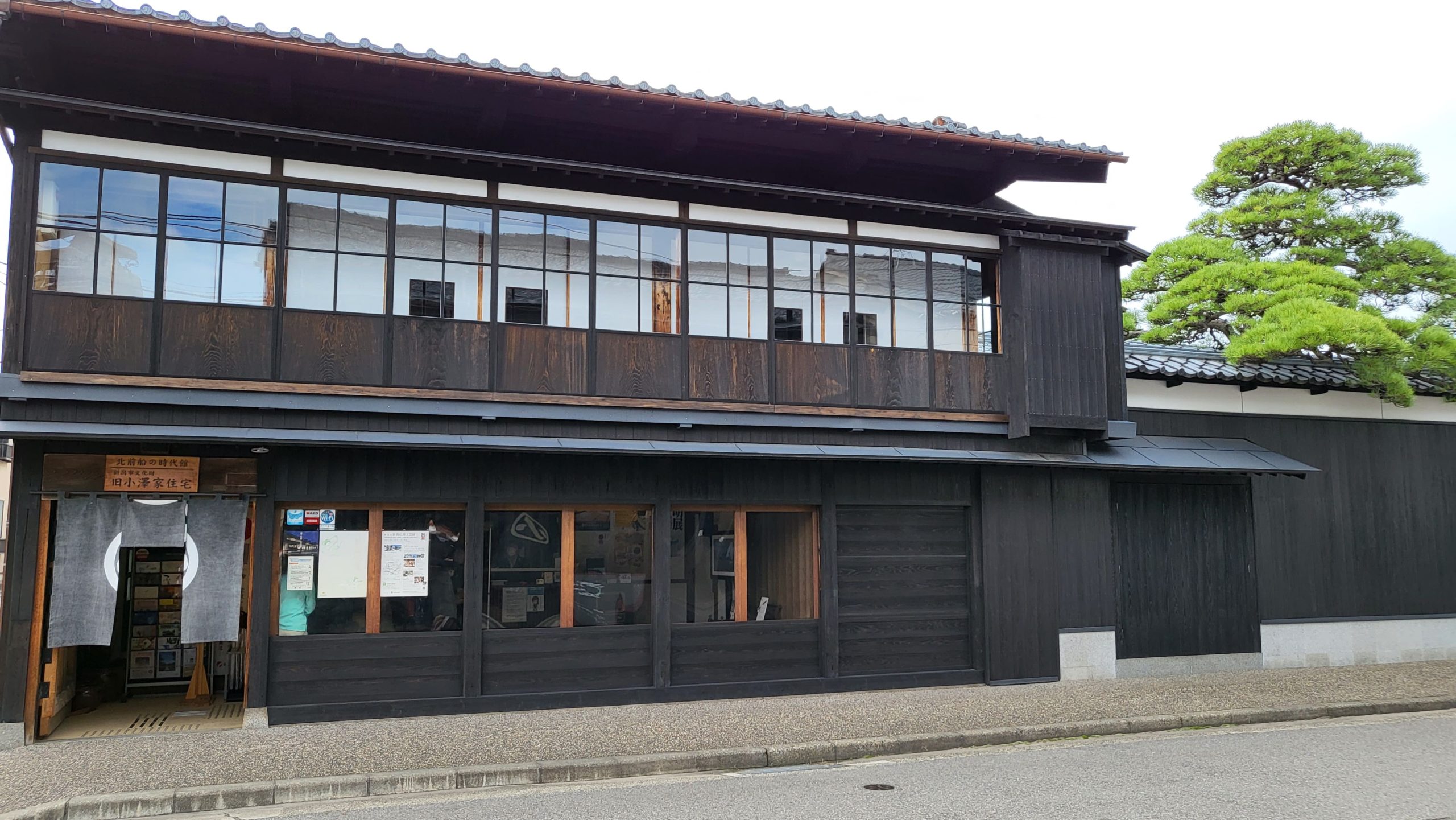
The Ozawa family expanded into many different enterprises, including the transportation and storage of goods, the wholesale of rice, land ownership, and the petroleum business. Through their endeavors, they become one of the many merchant families who represent Niigata.
The history of the Ozawa family and the lifestyle of the wealthy merchant is introduced here.
When you first enter the residence, it feels as if you have stepped into the Edo period. The entrance area is used as a reception area, which is also how it was utilized in the past. From the reception area, there is a long narrow hallway called unagi no nedoko in Japanese, which literally translates as “eel bed.” The hallway connects to each room as well as the storeroom, which contains products, tools, etc. This was very convenient for business. It is said that this type of hallway is one of the most distinctive architectural characteristics of the Edo period.
The reason why the hallway is so narrow is because at the time, real estate taxes were determined by the width of the passage. In order to lower their taxes, people would make their hallways narrower. To the right of the hallway are the tatami rooms for special occasions (zashiki), the sitting room (cha no ma), and the antechamber (tsugi no ma) which connects to the bedroom. I would like to draw your attention to the sitting room. Historically, the hearth (irori) in the center of the room was used to boil water and heat the room. On the opposite side of the sitting room’s entrance is a large window that faces the Japanese garden. The sitting room floor is covered wall to wall with tatami mats and it is easy to imagine how important guests were entertained or how tea ceremonies were held in this room. One wonders how it must have felt to rest while enjoying the scenery outside the window after a busy day.
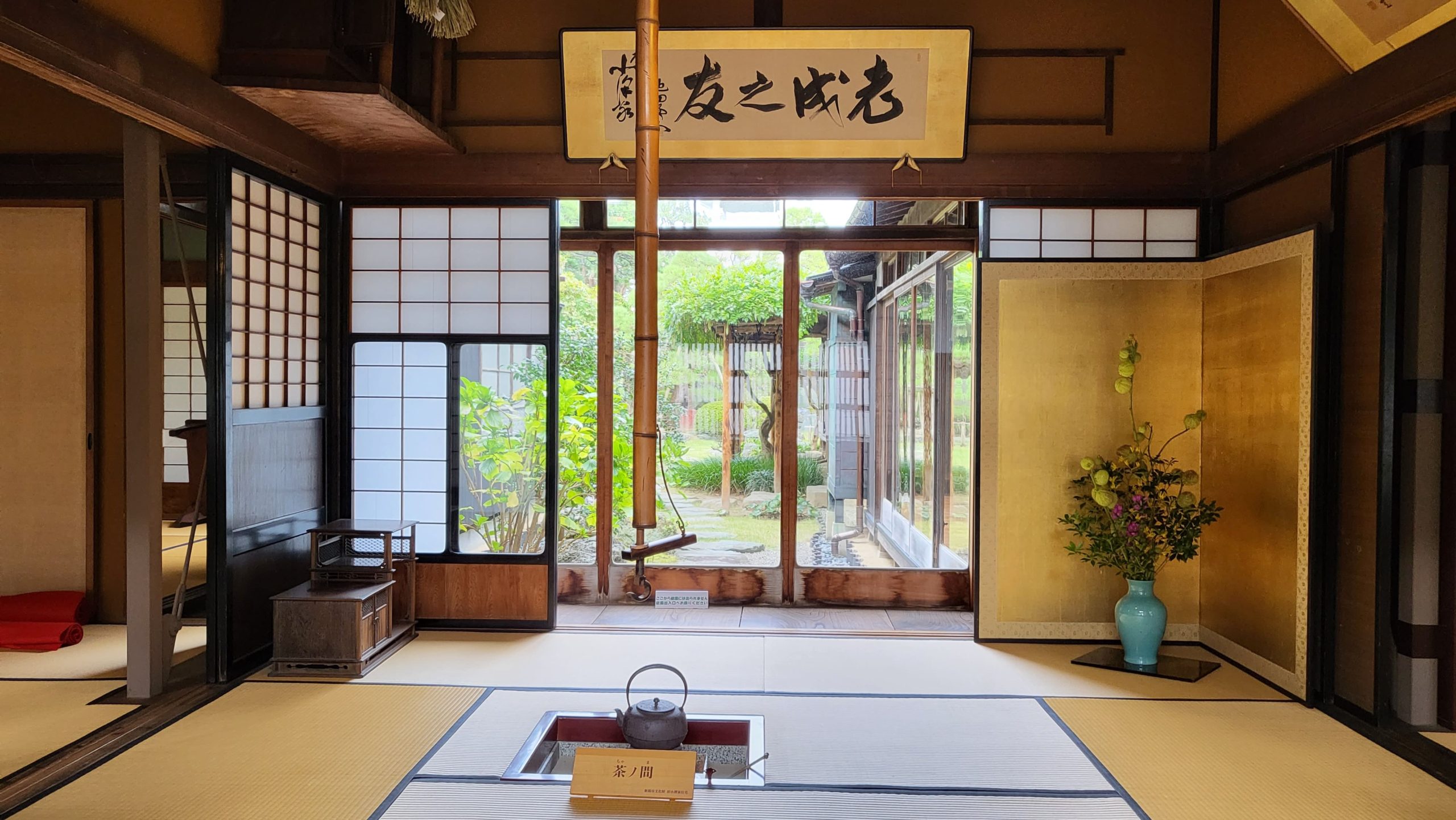
Going further into the residence, at the end of the hallway there is a tool storeroom with large, thick doors. As for why the doors are so thick, they were made to protect the goods inside of the storeroom in the event of a disaster. During the Edo and Meiji periods, most buildings in Japan were built with wood and as a result, fires were not uncommon. In the August of 1880, there was a large fire in Niigata and like most of the homes of the townspeople, the Ozawa family’s residence also suffered great losses. Evidence of this can be seen next to the storeroom’s entrance, which still has burn marks. You can also see a burnt wooden beam that still remains inside one of tatami rooms.
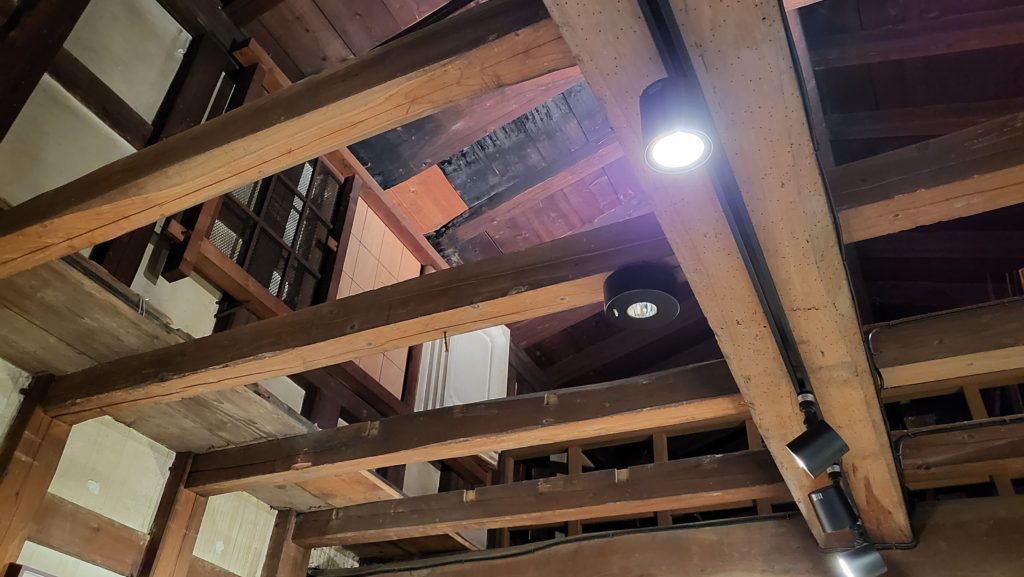
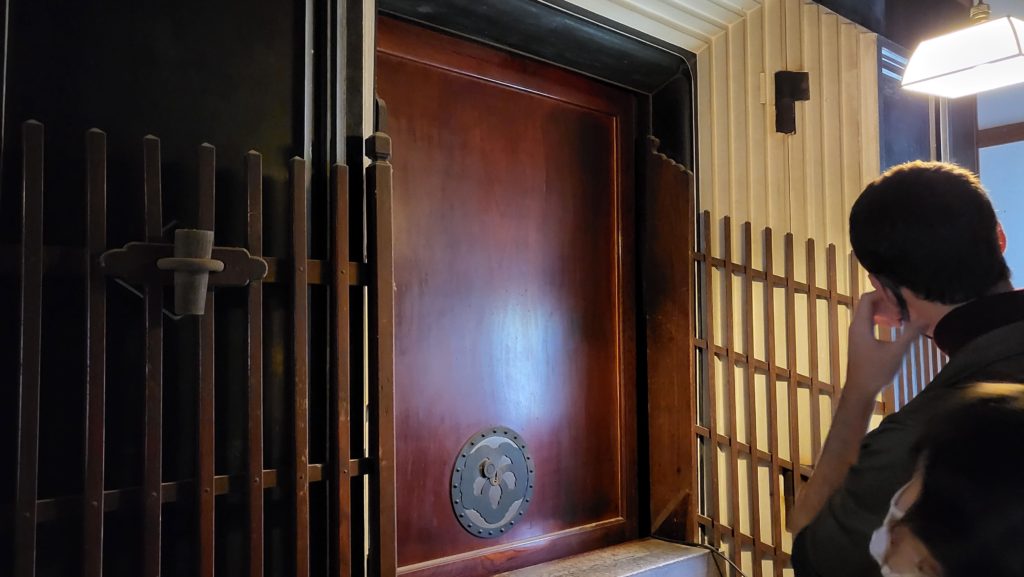
An important feature for teaching about the lifestyle of wealthy merchants is the garden. From flowers to shrubs, bamboo to pines, there are many kinds of plants growing in the garden. The Former Ozawa Family Residence’s garden has arranged ornamental garden stones that uphold the beauty of the traditional Japanese style garden; on the other hand, the garden also has a grassy area where social events and family recreational activities can be enjoyed – these features make you feel the influence of the modernist style of landscape architecture, which was popular at the time. Seeing such a refined Japanese-style house really makes think, “I want to live in a house like this!”
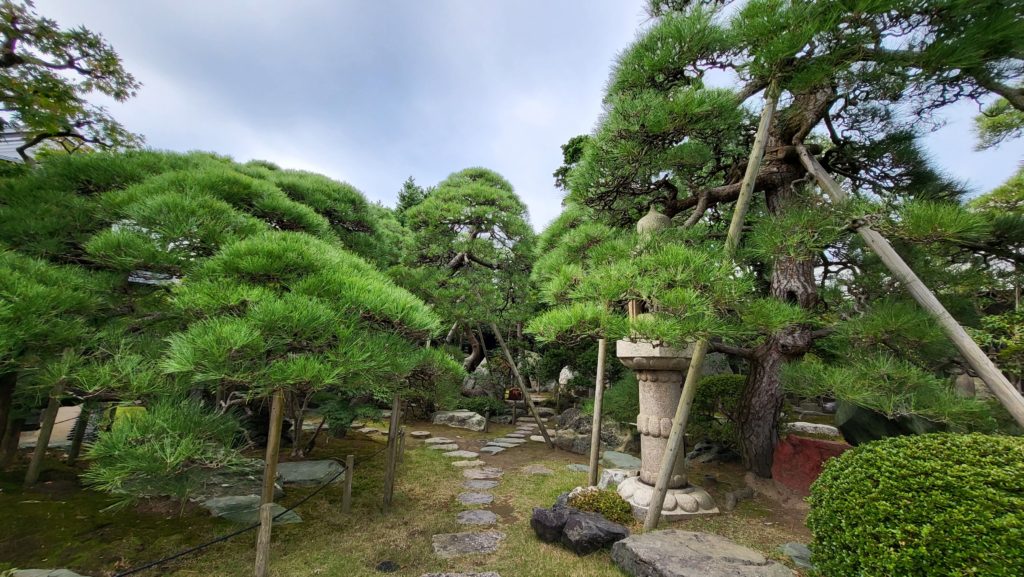
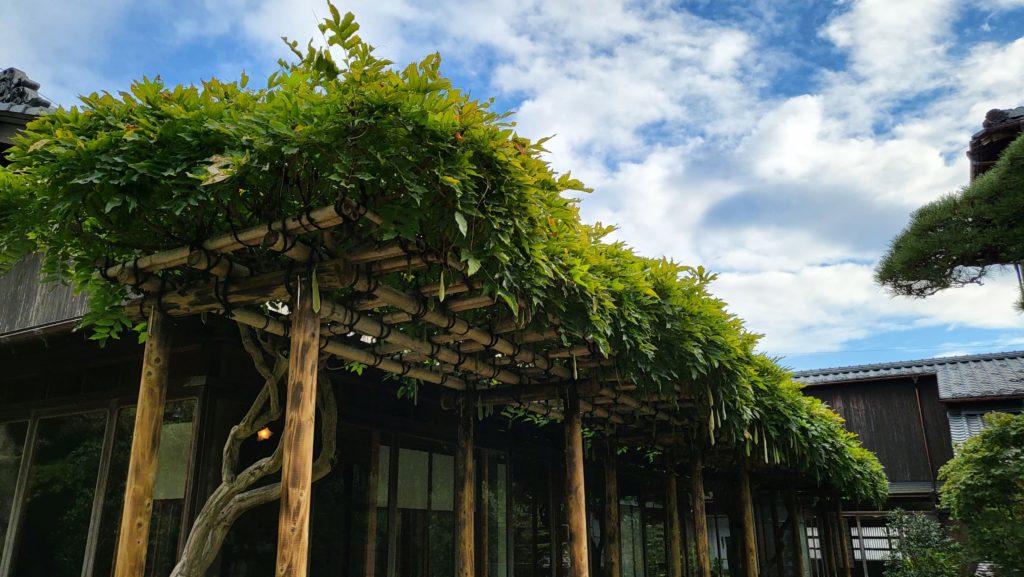
Unfortunately, with the popularization of steam ships and locomotives from the Meiji Restoration onwards, merchants were no longer responsible for transporting their own goods and as a result their business declined. Even so, the Ozawa Family Residence illustrates just how affluent and powerful wealthy merchants were at the time. Why not come and visit the Former Ozawa Family Residence and experience the life of a prosperous merchant family from the past?
Information
Hours: 9:30–17:00
Admission: 200 yen for adults (160 yen for groups of over 20 people), 100 yen for junior high school and elementary school students (80 yen for groups of over 20 people).
Address: 12-2733 Kamiokawamae-dori, Chuo Ward, Niigata City, 951-8063
Mapcode: 524 036 157*06
